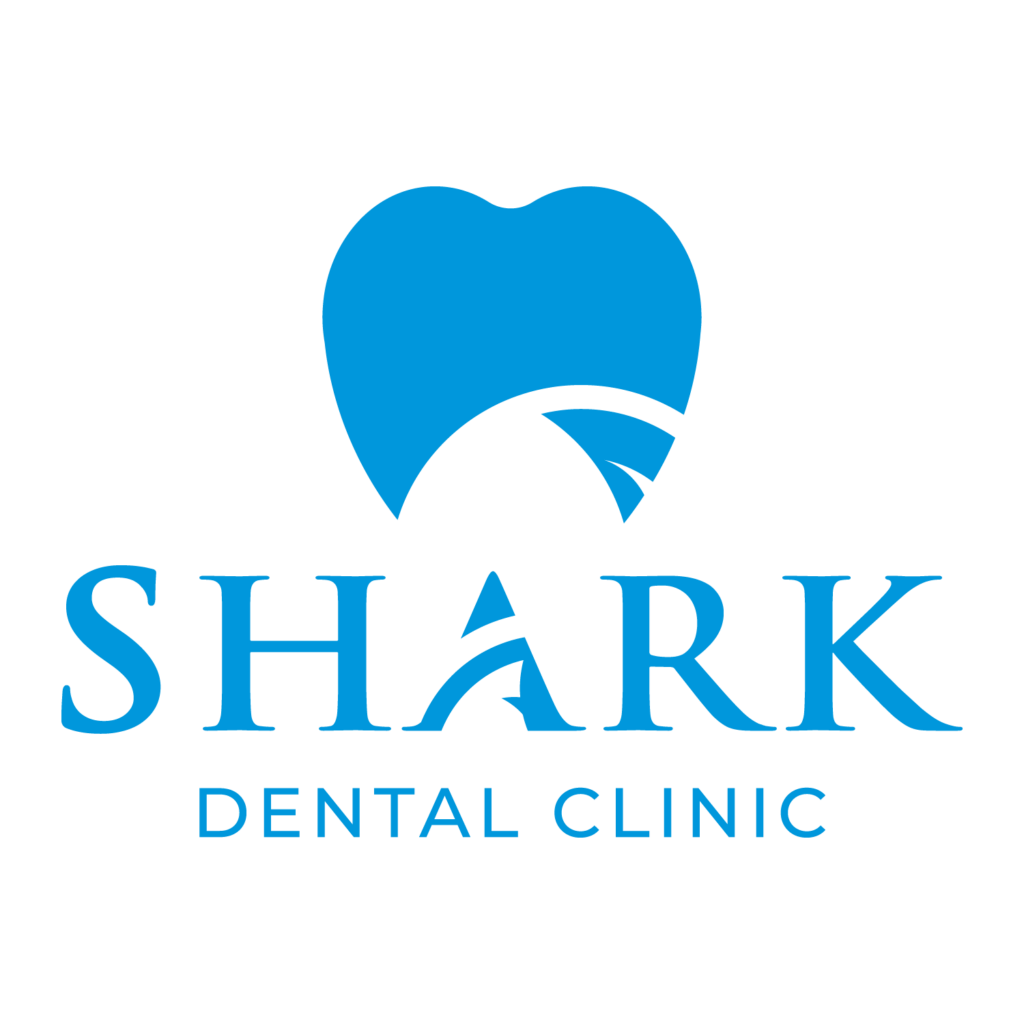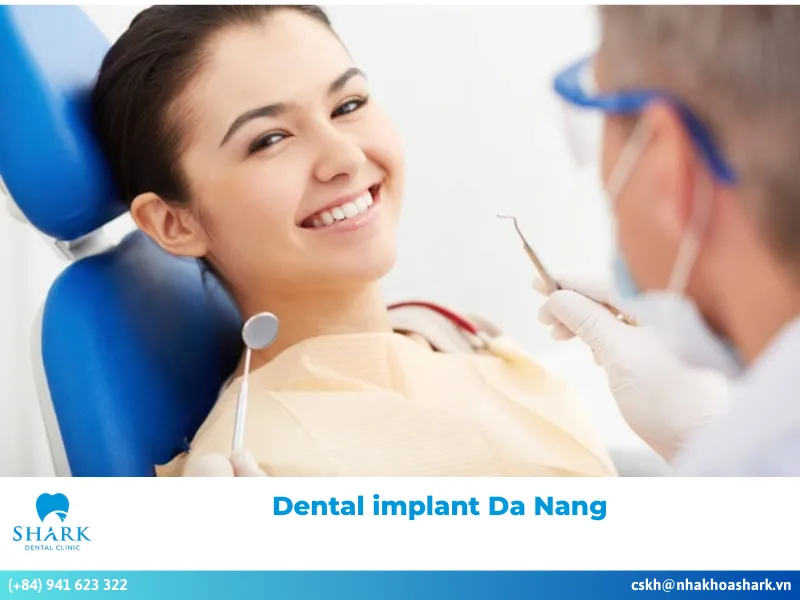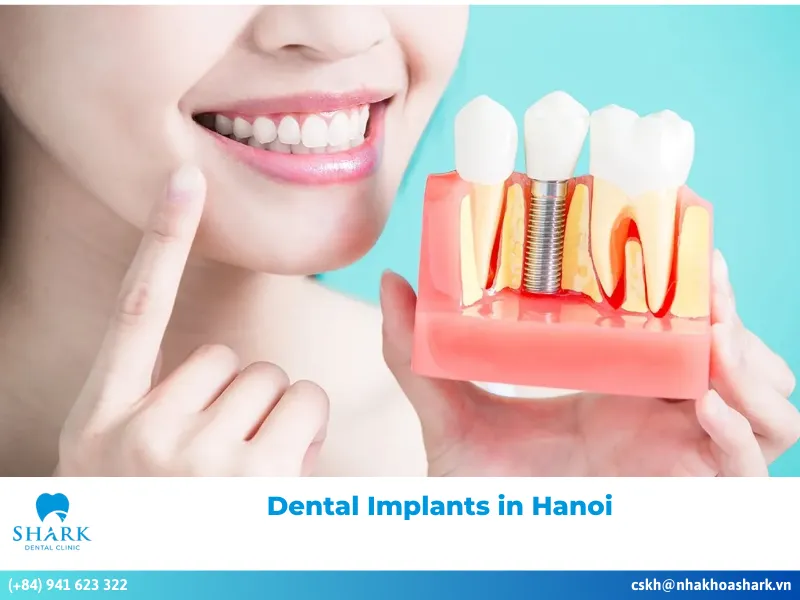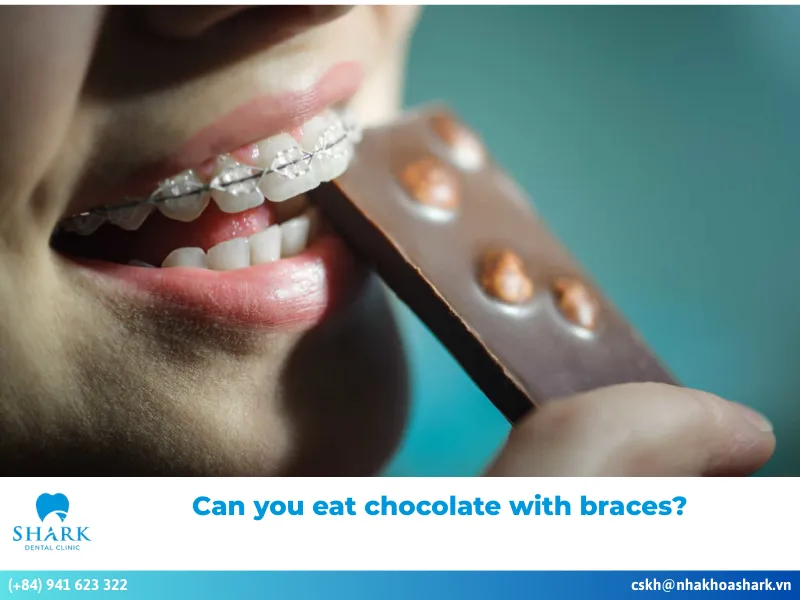Dental implants are an optimal solution that provides excellent results for tooth restoration. In this article, Shark Dental Clinic will introduce you to the different types of dental implants available at the clinic. Please continue reading to learn more about implants!
Single, Multiple, and Full-arch Implants
Dental implants can be used to replace one missing tooth, several missing teeth, or even an entire arch of teeth. Here are the 3 types of implants commonly recommended:
Single-tooth Implant
A single dental implant involves placing an implant post into the jawbone to replace a missing or damaged tooth. The implant post is typically made of titanium, which has high biocompatibility with the jawbone, ensuring both functionality and aesthetics.
This type of implant effectively prevents gum recession, jawbone resorption, and a reduction in chewing ability. It is a modern and advanced dental solution that fully addresses the problem of missing or damaged teeth.

- See more: Safe, reliable, and high-quality single tooth implant in Vietnam
Multiple-tooth Implant
A multiple-tooth implant involves placing several implants to replace multiple missing teeth, followed by attaching dental crowns on top. This method ensures both proper chewing function and overall aesthetics for the dental arch.
Additionally, it helps prevent jawbone resorption, preserves the maximum amount of natural teeth, and provides comfort during daily activities. Dentists will determine the appropriate number of implant posts to be placed in the jawbone based on the number of missing or damaged teeth, aiming for optimal restoration results while maintaining cost efficiency for patients.
Full-mouth Implant
A full-mouth implant uses 4 to 6 implant posts inserted into the jawbone to support an entire dental arch. This method is ideal for individuals who have lost all teeth in one or both arches. It restores chewing ability, enhances speech, and effectively prevents jawbone resorption.
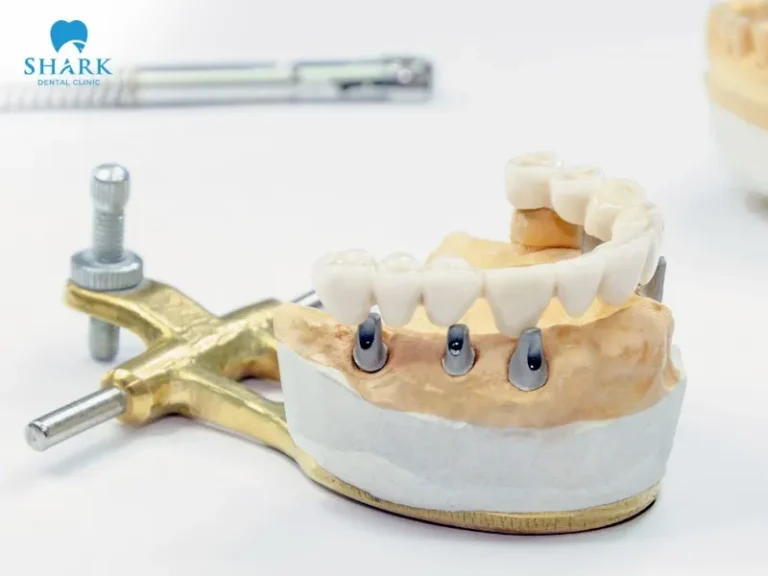
9 Types of Dental Implants
Here are the most common types of dental plates to consider when looking for tooth replacement options:
Endosteal Implants
Endosteal implants are designed for patients with a strong and healthy jawbone structure. This method involves inserting implant posts directly into the jawbone to replace the lost tooth root, which is then topped with a dental crown.
This is the most widely used type of dental implant in clinics today. If patients follow oral care instructions, maintain a proper diet, and attend regular check-ups, the lifespan of an endosteal implant can reach 15 to 20 years or even longer.
Endosteal Implant With Bone Augmentation
In cases where the jawbone lacks sufficient strength or stability for an endosteal implant, dentists may consider a bone augmentation technique, also known as bone grafting. In this process, bone can be taken from the patient’s body or a dental material may be used to graft onto the jawbone.
Once the jawbone has gained enough stability, the dentist can proceed with implant placement and attach a dental crown, similar to the standard endosteal method. This bone grafting procedure is more complex and requires the dentist to have high expertise and a careful, precise technique.

Subperiosteal Dental Implants
Subperiosteal implants are recommended for patients who do not have enough jawbone for traditional implant placement. This method involves surgically placing a framework under the gum tissue, resting on top of the jawbone without drilling into it. After the subperiosteal framework is positioned, the dentist will attach the dental crown to complete the procedure.
Single vs. Full Implants
Depending on whether a patient is missing one tooth, several teeth, or an entire arch, the dentist will prescribe the most suitable implant solution. The type of implant used will also vary based on the patient’s specific oral condition.
In some instances, patients may choose to replace each missing tooth individually with an implant post; however, this option can be quite costly and technically complex. Alternatively, a fixed dental implant supported by implants may be recommended for other patients.
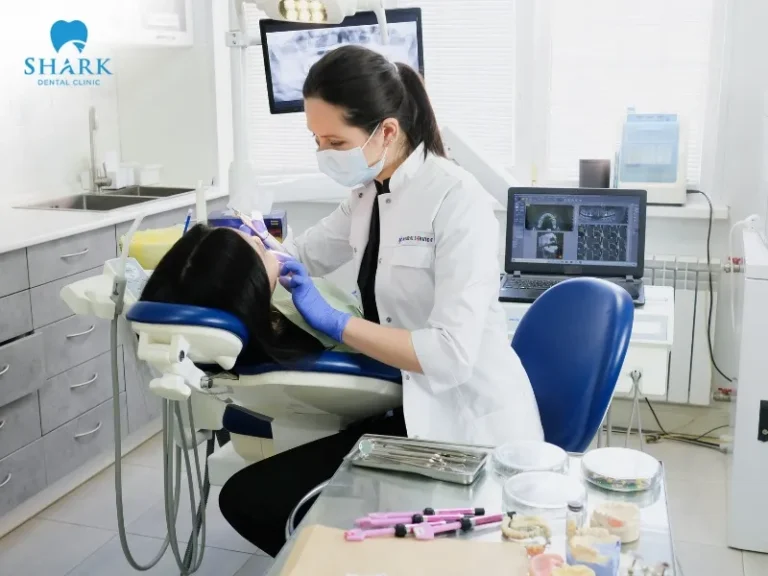
All-on-4 Implants
All-on-4 implants are designed for patients who have lost more than eight teeth or have lost an entire arch of teeth. This method involves placing four implant posts into the jawbone to support the upper dental arch, which minimizes the number of implants needed and reduces the overall treatment cost.
The technique consists of placing two straight implants at the positions of the second teeth and two tilted implants at the positions of the fifth teeth, along with connectors. This approach ensures chewing ability, maintains jawbone density, and effectively prevents bone resorption.
All-on-6 Implants
All-on-6 implants utilize six implant posts that are inserted into the jawbone to support a full arch of prosthetic teeth. This method restores chewing ability and ensures optimal aesthetics, helping patients regain confidence in their daily lives.
In an All-on-6 procedure, four implants are placed in the front teeth and premolar positions, while two implants are positioned vertically at the molar sites. Dentists strategically use areas of strong jawbone to minimize the need for bone grafting, thereby restoring full function while reducing financial burdens for patients.

- Learn about: Detailed explanation of the dental implant process timeline
Implant-Supported Bridge
An implant-supported bridge operates similarly to a traditional dental bridge. It is intended for patients who have lost adjacent teeth. This type of bridge connects multiple teeth, providing stability, chewing function, and aesthetic restoration for the entire arch.
Zygomatic Implants
Zygomatic implants are suitable for patients who have lost all of their teeth. This method involves placing implant posts into both the upper jaw and the zygomatic bone (cheekbone) to restore chewing function and improve overall aesthetics. Typically, the number of zygomatic implants ranges from 2 to 4/ per upper arch.
Immediate-Load Implants
Immediate-load implants allow for the attachment of prosthetic teeth onto the implant posts just a few days after placement. This enables patients to resume normal chewing after approximately 7 to 14 days. This technique shortens the overall treatment time, effectively reduces jawbone resorption, and is a popular choice for many patients.
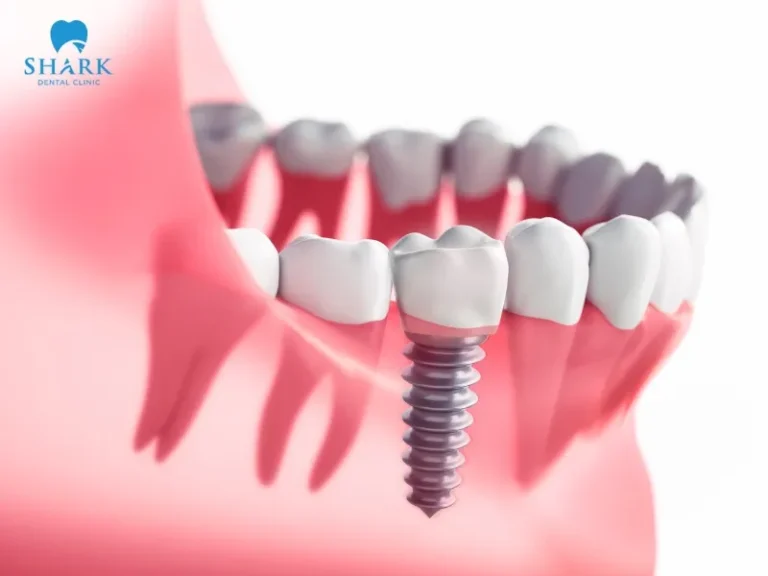
Choosing the Right Implant
After learning about the different types of dental implants, the next step is to understand how to select the most suitable option. Your decision should be based on your current oral health, jawbone density, financial situation, and restoration goals.
- Oral Health Condition: Your dentist will assess whether you are missing a single tooth, multiple teeth, or an entire arch. They will also check your jawbone density and look for any signs of bone loss. Based on this evaluation, they can recommend options such as a single implant, full-arch implants, or implants that require bone grafting.
- Type of Implant Post: Each implant system has its own advantages and limitations, as well as varying levels of osseointegration with the jawbone. It’s advisable to consult with a dentist from a reputable clinic to determine which implant type best suits your needs and oral condition.
- Financial Considerations: Different implant methods and materials come with varying costs. In addition to your oral health condition, it’s essential to choose a treatment option that aligns with your budget.
- Restoration Purpose: Define your main goal for getting implants. Are you seeking a permanent and durable replacement solution, or is your focus more on improving aesthetics? Understanding your priorities will help you choose the most suitable method.
- Treatment Timeline: Each implant technique has a different recovery and completion timeframe. Consider how quickly you need your teeth restored when deciding on the method.
- Professional Consultation: After conducting an examination and X-rays, your dentist will provide personalized advice on the most appropriate implant option for you. Carefully consider their recommendations to ensure your choice is safe, effective, and long-lasting.

- In summary, each type of dental implant has its own strengths and limitations, making them suitable for different patients. It is crucial to conduct thorough research, clarify your restoration goals, and assess your financial situation before making a decision.
- With this information, you now understand what dental implants are, who they are suitable for, and the main types available. Hopefully, this guide helps you better comprehend implant dentistry and empowers you to make the right choice for a strong, healthy, and confident smile!
See more: 8 Trusted and high-quality dental implant center address in VietNam


